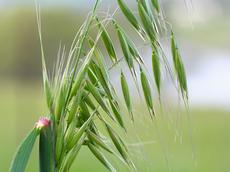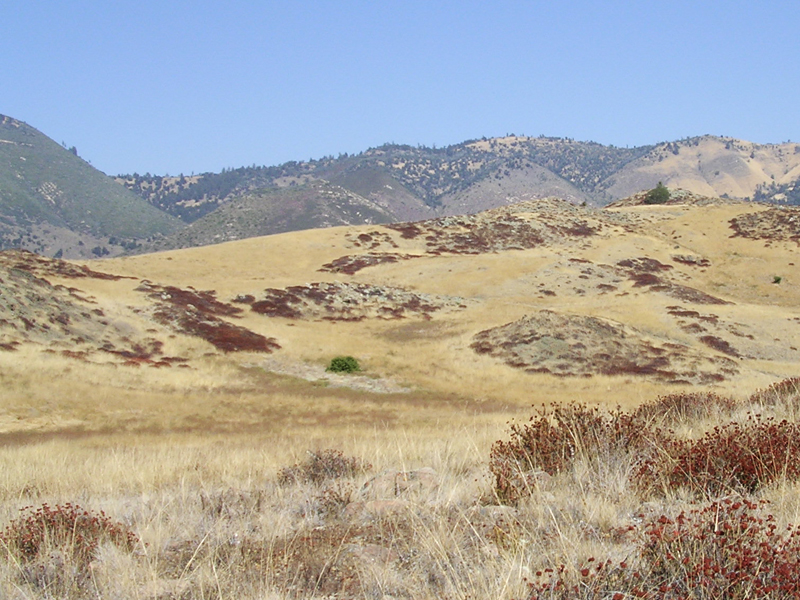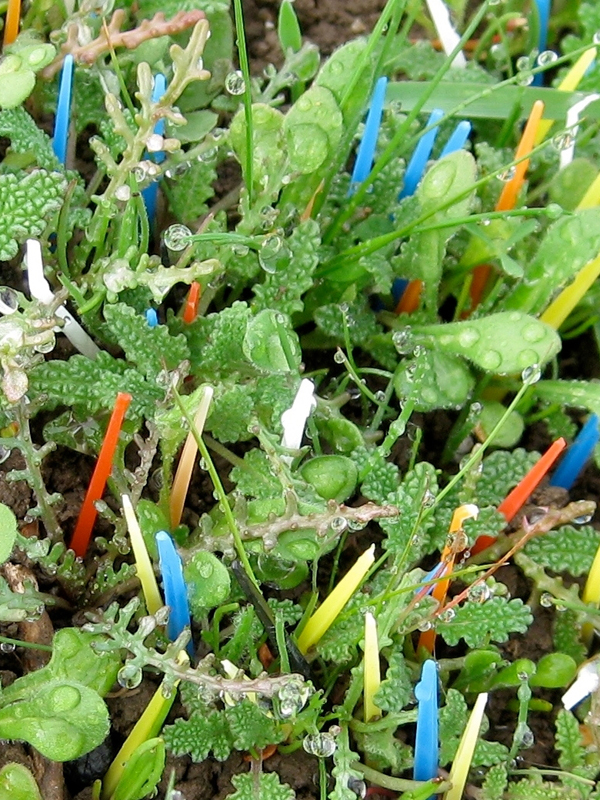Competitively displaced native species do suffer extinctions
ETH-Ecology-Professor Jonathan Levine showed that invasive species can indeed force the extinction of their native competitors over a long period of time, contrary to previous research results. This is especially relevant to species conservation.

Non-native plants, which propagate on new continents and spread at the expense of native plants, are relatively common today. Previous studies have shown that these so-called invasive species push back native species to areas inaccessible to the intruders. However, researchers have rarely observed the extinction of native plants as a result of this process.
Two ecologists – Benjamin Gilbert, assistant
professor in the Department of Ecology & Evolutionary Biology of the
University of Toronto and Jonathan Levine, professor at the Institute of
Integrative Biology at the ETH Zürich – investigated what happens to
long-established plant species after invasions of alien species. They wished to
know whether native species actually survive in their small and isolated refugia
over the long-term. In their latest publication, the two researchers showed
that some of the displaced plant species will eventually go extinct.
Why the species go extinct
The researchers investigated this process in a Californian nature reserve where European grasses have strongly pushed back native grasses and herbs. Many native plant species can only persist in scattered rocky areas that the alien plants cannot colonize. "Invasion has created isolated ‘islands of native plants’ in a sea of exotics", explains Gilbert. The problem is that these islands have been shrinking. They harbor fewer individuals of each species, which produce fewer of the seeds needed to ensure the persistence of the population. Moreover, due to the shrinking area, the distance between the islands increases. This decreases the probability a dispersing seed will reach another island.
The researchers also found that introduced grass
habitats are not suitable stepping stones for dispersal between the islands:
many native species germinate between the tufts of the native grasses, set seed
and from there, colonize other suitable areas. This process proves ineffective
with European grasses because they act as barriers between the islands. Overall,
the extinction and colonization dynamic, which achieves a balance in un-invaded,
connected landscapes, gets disturbed by invasion and tips towards extinction.
Model predicts extinction
The biggest problem for ecologists studying these relationships is that the extinctions occur over very long periods of time. They are not normally detectable with simple observation. Therefore, Levine and Gilbert developed a predictive model based on the data they collected in California.
With this model they determined the conditions
under which selected species in the focal region would eventually go extinct. Specifically,
they predicted that species that only occurred in 10% or less of the suitable habitats,
would likely suffer extinction after invasion.
Still time for countermeasures
That some wild plants will likely go extinct in the next century might seem only mildly worrying. However, many species are additionally threatened by climate change, and their persistence depends on shifting their range. If invasive plants dominate the areas needed for persistence, these range shifts will become ever more difficult. This amplifies the impact of invasion studied here.
Levine also sees positives in his results: "The good news is that we still have time to protect the displaced species". The ETH professor thinks several countermeasures are promising. A first priority would be preventing invasive species from continuing to invade new areas. For the cases where the damage is already done, Levine proposes clearing the invaders from targeted areas. In experiments conducted by Levine and Gilbert, California plants grew well in patches cleared of the alien grasses. Additionally, the results from the Levine and Gilbert model can help identify the size and location of areas needed for successful restoration.
Reference
Gilbert B, Levine JM. Plant invasions and extinction debts. PNAS. Published online before print January 7, 2013, doi: 10.1073/pnas.1212375110









READER COMMENTS